Category: Brain
-
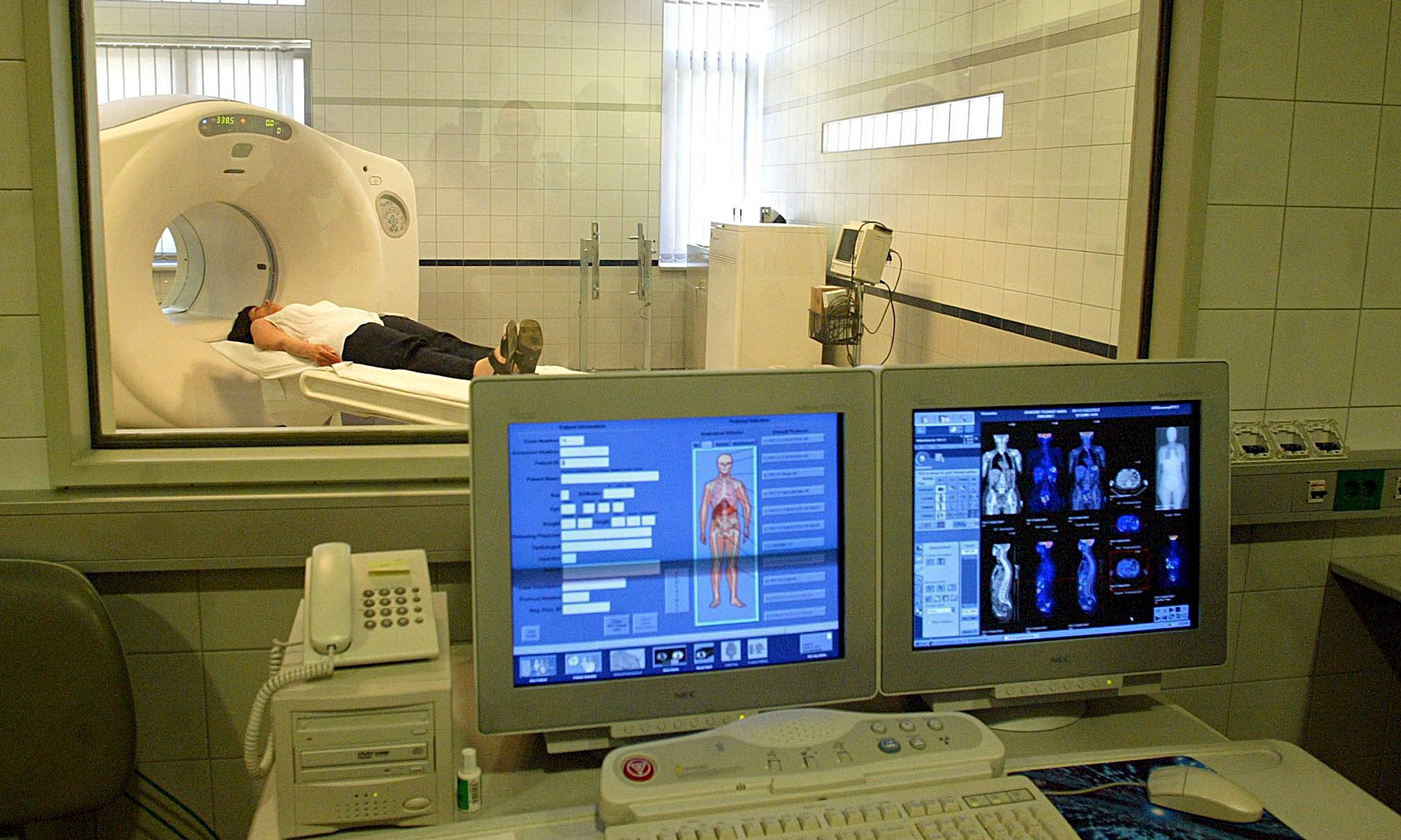
PET and fMRI predict brain injury recovery
University of Liège professor Steven Laureys‘ recent study shows that PET scans fMRI were more reliable predictors of brain injury recovery than standardized bedside assessments by doctors. Of 126 patients in the trial, 41 were in a persistent vegetative state, 81 were in a minimally conscious state and 4 had locked-in syndrome. PET correctly predicted the extent of recovery…
-
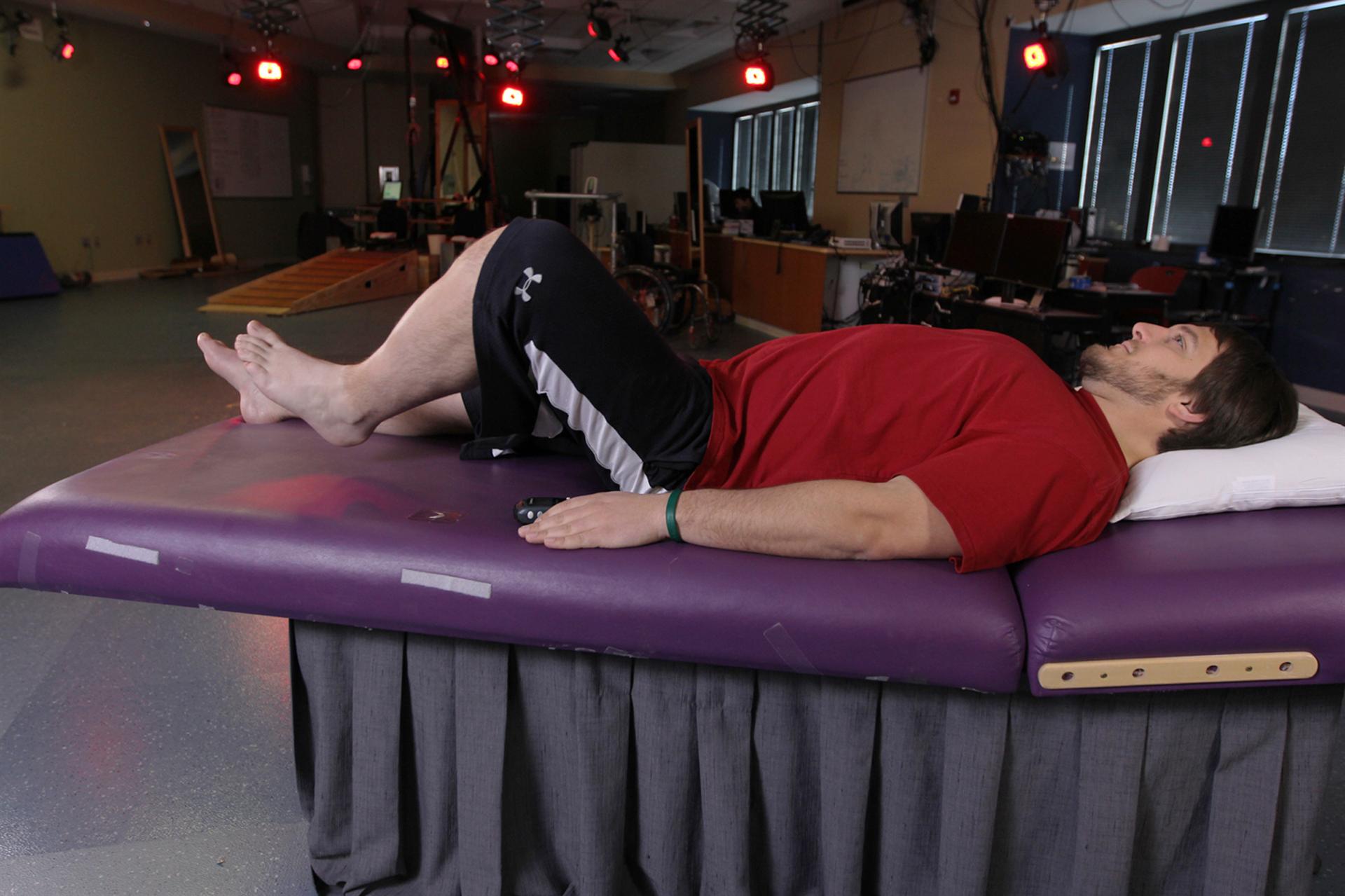
Epidural stimulation enables paraplegic voluntary movement
University of Louisville researcher Claudia Angeli‘s recent paper details the process of electrical stimulation of the spinal cord enabling paralyzed patients to intentionally move their knees, ankles, and toes. The stimulation therapy involves implanting a 16-electrode array in the epidural space next to the outermost protective layer of the spinal cord. The array is connected to a pulse generator resembling…
-
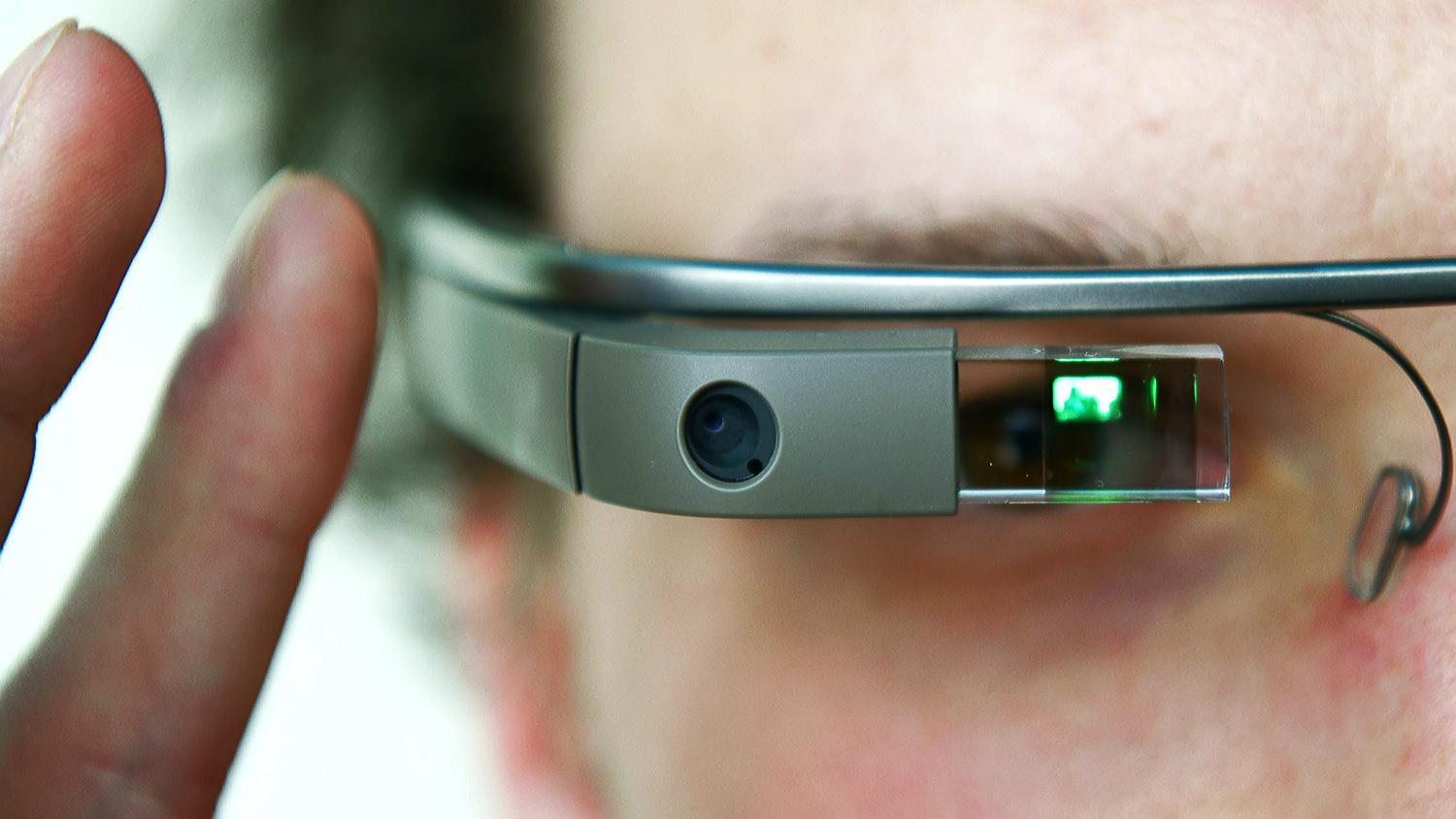
Neurofeedback app for Google Glass
Personal Neuro, creators of a guided meditation app, are testing Introspect: the PND Wearable. It is a head-mounted, voice-activated neuroimaging app designed to work with Google Glass. We anticipate similar Glass apps in the near future, and are encouraged by its potential. The developers claim that Introspect can be applied in the following ways: Passively monitor…
-
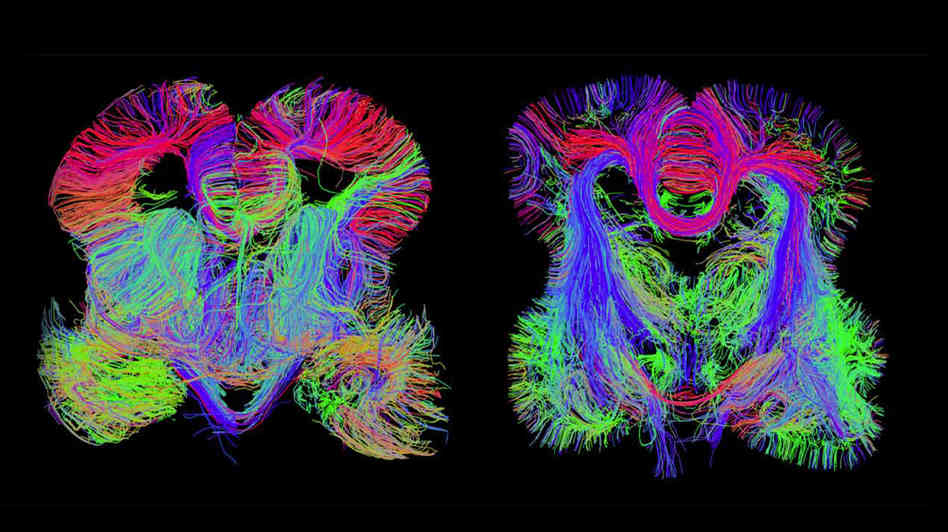
Brain blueprint links autism to early brain development
As part of their BrainSpan project, the Allen Institute for Brain Science has published a paper in Nature detailing a high-resolution blueprint for how to build a human brain, with a map of where different genes are turned on and off during mid-pregnancy at unprecedented anatomical resolution. The data provides insight into diseases like autism that are…
-

Flight simulation system prepares brain surgeons
Surgical Theater is a surgery rehearsal program which allows physicians to prepare for and practice complicated brain surgery. Its co-founders previously developed flight simulation systems for the Israeli Air Force, and are using similar technology. MRI and CT scans create 3D models of patients’ brains, which are explored on a computer screen. Using two joysticks that…
-
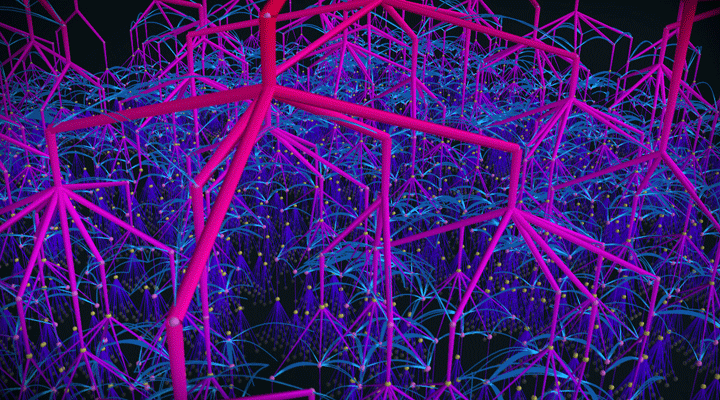
Brain based machine learning software
Vicarious FPC claims to be “building software that thinks and learns like a human.” Their goal is to replicate the neocortex, the part of the brain that sees, controls the body, understands language and does math. Its first project is a visual perception system that interprets contents of photographs and videos. The next milestone is to…
-
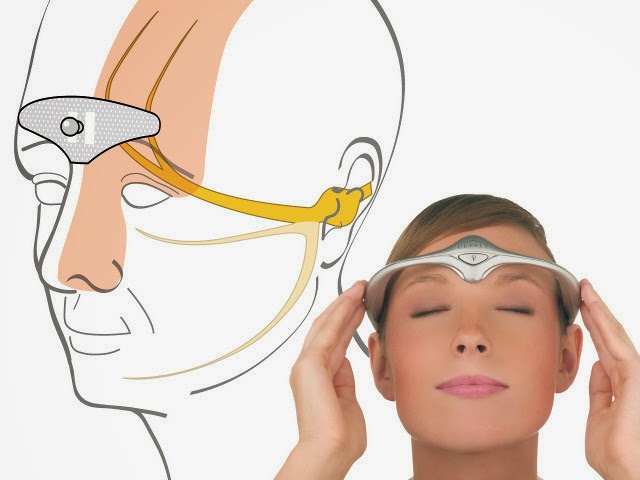
Electronic headband may prevent migraines
Cefaly The Cefaly headband is a battery powered device that may prevent migraine headaches. It works by pressing a self adhesive electrode, positioned at the center of person’s forehead, which sends an electrical signal through the skin to the trigeminal nerve. By stimulating the nerve, the device was shown to help prevent the migraine headaches in…
-
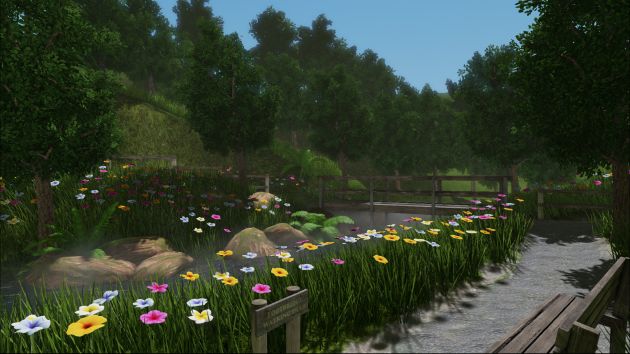
Crowdfunded virtual reality game engages dementia patients
Pozible campaign Alzheimer’s Australia Vic‘s Microsoft Kinect sensor app places dementia patients inside a “virtual forest” where breezes blow, snow falls and butterflies fly in a peaceful but interactive environment. The organization previously developed a virtual dementia simulator for teaching carers about the reality of living with dementia. They believes that using game technology and…
-

Biomarkers predict dementia
Nature paper | Georgetown release Georgetown professor Howard Federoff and colleagues have developed a blood test they claim has the potential to predict whether a person will develop symptoms of dementia within two or three years. The test was identified in a preliminary study involving 525 people over 70. The subjects’ cognitive skills, memory skills, and blood were…
-
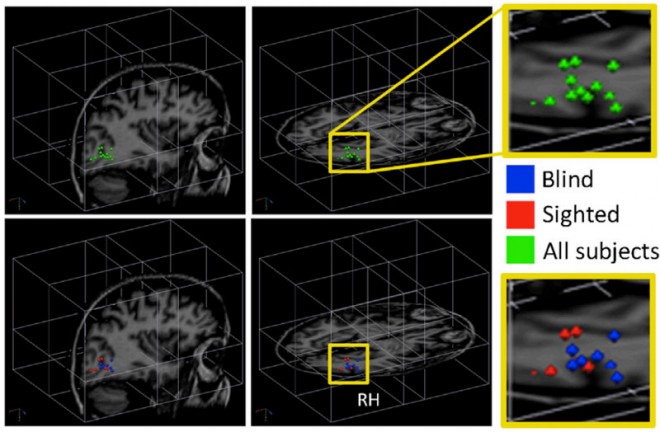
Visual cortex activated by audio stimuli
Current Biology | Wired Hebrew University professor Amir Amedi has used an augmented reality device to allow the blind to “see” by converting images to complex sounds. The user is able to form a mental image of objects, including people, in front of them. The cerebral cortex is activated when sighted people see an outline…
-

UCSF creates immersive, virtual reality lab to study the brain
Neuroscape Lab UCSF professor Adam Gazzaley has created Neuroscape Lab, where scientists use various technologies to make functional recordings of research participants as they move around and interact inside 3-D environments. His goal is to “study novel neuro-diagnostic and therapeutic approaches, with the primary goal of driving rapid translation of neuroscience to real-world solutions.” This is an…
-
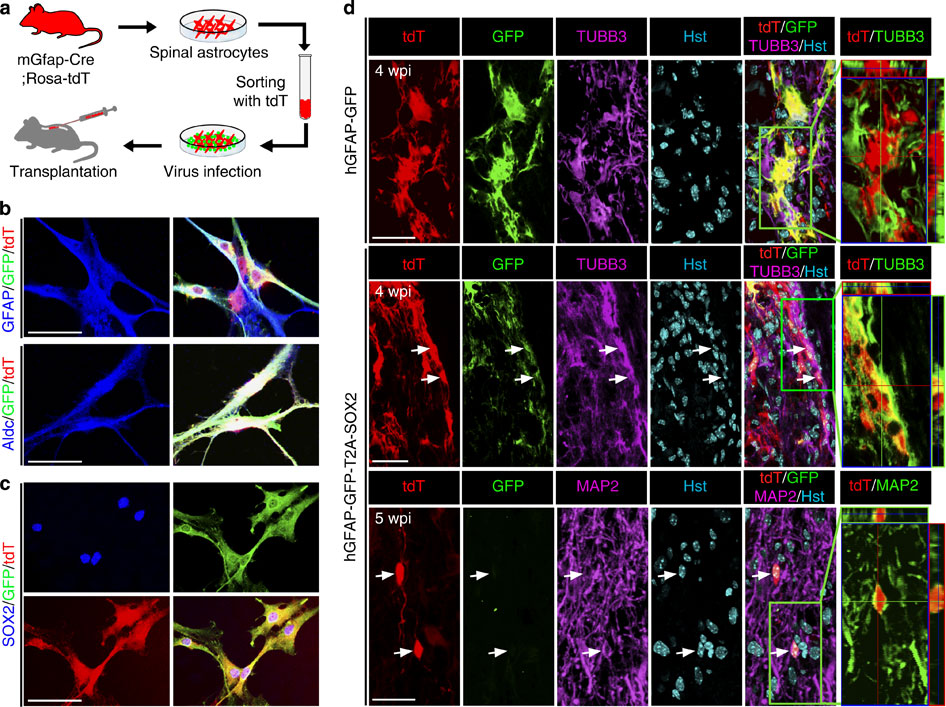
Researchers generate neurons in brains, spinal cords
UT Southwestern release | Nature paper UT Southwestern Medical Center researchers created nerve cells in the brains and spinal cords of living mammals without the need for stem cell transplants to replenish lost cells. Their goal is to regenerate neurons from the body’s own cells to repair traumatic brain injury or spinal cord damage, and to treat…